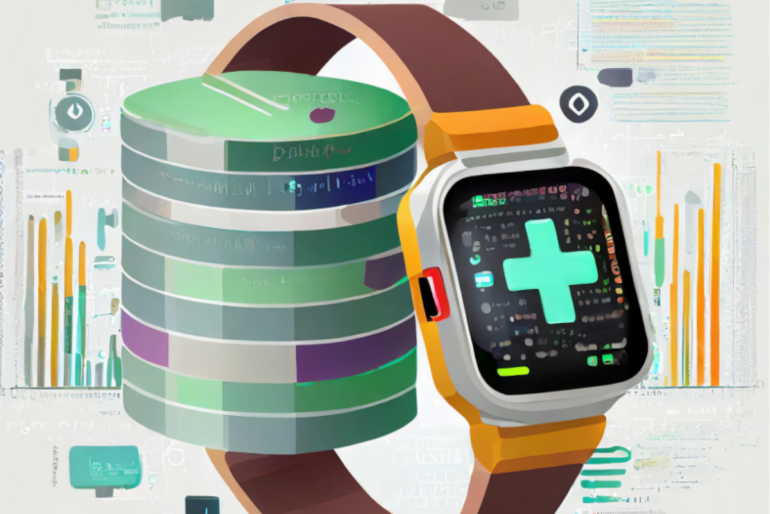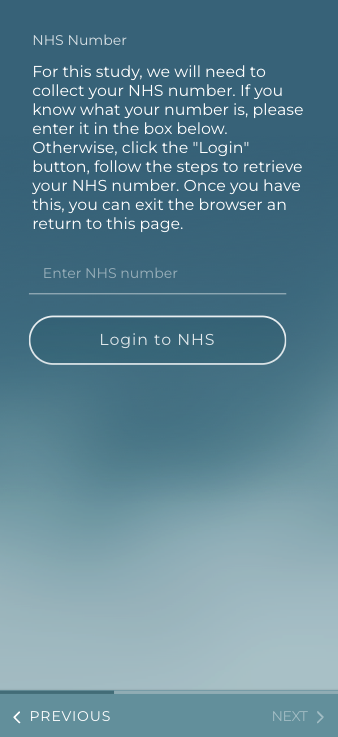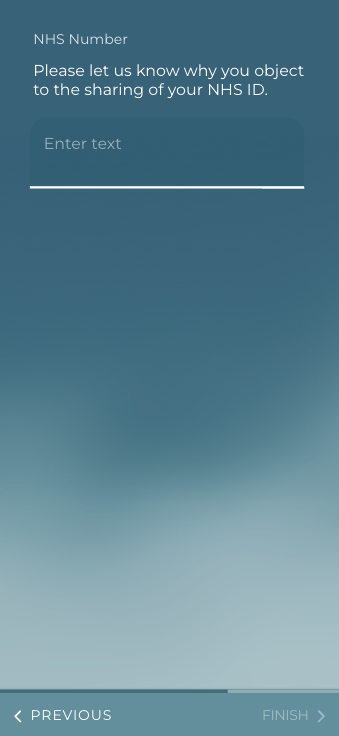
🔔SPOTLIGHT: NHS-ID Collection
Linkage of Personal Monitoring Data to Routine Healthcare Data: An Unmet Challenge
Despite the potential to gather substantial personal monitoring data, our ability to leverage it for understanding disease patterns remains constrained due to limited knowledge about participants’ health. This is because controllers of personal monitoring data:
- lack of consent from participants to integrate their data with NHS records.
- absence of identifiable information necessary for linking participants to NHS datasets, even with consent.
Securing Participant Consent and NHS Data Linkage
For large-scale personal monitoring cohorts or citizen science research projects (comprising thousands) linked with healthcare records, conducting face-to-face consent procedures and repeated in-person visits for study documentation and clinical follow-ups becomes unfeasible due to cost and logistical constraints. To address this, participants must be approached, consented, onboarded, and followed up through an application, minimizing or eliminating direct interaction with the research team.
Obtaining the Identifiable Data to Allow Linkage to NHS Data
In England and Wales, the NHS number facilitates reliable linkage to an individual’s NHS record, while in Scotland, the CHI number serves the same purpose. Thus, the NHS number/CHI number is a practical means to connect personal monitoring data with NHS records in England, Wales, and Scotland, contingent upon participant consent.
The methods for obtaining NHS/CHI numbers for linkage differ across the UK’s constituent nations. These numbers can be sourced from medical records, general practitioner (GP) and hospital correspondence, or the NHS app in England. Additionally, an online NHS number retrieval platform exists in England, while in Scotland, the CHI number can be obtained using the individual’s forename, surname, date of birth, postcode and two random digits. Both numbers can be readily checksumed for consistency.
Implementation NHS Number Recovery and Sharing Workflow in RADAR-base Active App
With the NHS API restricted to controlled applications, we used the NHS number retrieval service, provided in an online web application as an alternative method to request NHS numbers directly from participants who have consented. This can be used by any NHS user who has registered a phone number, email address or physical address with a GP or hospital. For the implementation in RADAR-base Active App, we have embedded the retrieval service for convenience in a web view so the process can be completed without leaving the Active App. A special Active App instrument was designed with consideration for downstream customisation to different healthcare system recovery methods. For this exemplar, we focused on the UK NHS Number used in England and Wales.
The fully customisable process follows:
- Participant information delivery
- Consent questionnaire
- NHS Number recovery workflow (web view)
- ID sharing questionnaire



The first part is the consent process. This is a questionnaire which outlines the purpose of the study, how the data will be used, and other useful information about the study. At the end of the questionnaire, the participant will be given the option to consent to the sharing of their ID.
The second part is the NHS Number recovery process. In this questionnaire, participants will be redirected to the NHS website where they can retrieve their NHS number. Subsequently, participants can copy and paste this ID back into the RADAR base questionnaire.
The NHS Number submission
Alternatively, participants also have the option to choose not to share their NHS ID.
Read more about the workshop:
Credit: Adobe, Firefly generated featured image.

